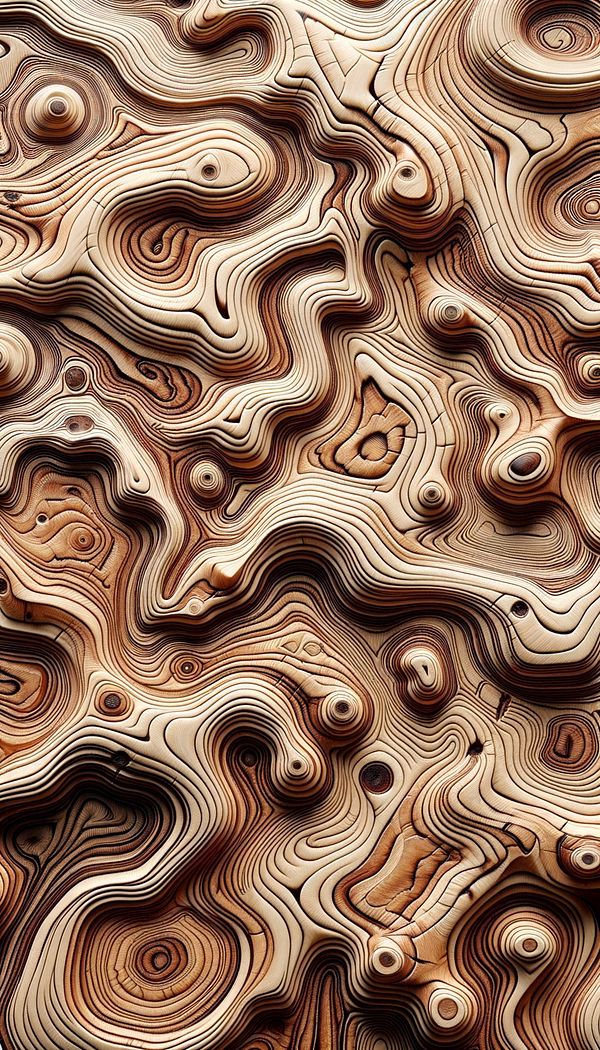What is Figuring?
Figuring refers to the natural patterns and markings found in wood.
Description
In the realm of interior design, "figuring" is a term that describes the unique and intricate patterns visible on the surface of wood. These natural markings are formed due to various growth conditions, the presence of knots, and differences in grain orientation. Figuring is not a feature that can be artificially created; it's inherently part of the wood's natural charm and beauty.
The type and intensity of figuring can vary significantly depending on the type of wood and its growth history. Some woods are highly prized for their striking figures, such as flame, birdseye, or burl patterns, which can add a luxurious or exotic touch to furniture, flooring, and other wooden elements within a space. Selecting wood with distinctive figuring can help create focal points and add visual interest to a room’s design.
Figuring is not strictly limited to aesthetic qualities; it can also impact the texture and feel of the wood. Furniture makers and designers often consider this when selecting materials, as it can affect the overall tactile experience of a piece. Proper finishing techniques can enhance the visibility and depth of these patterns, making them more pronounced under natural or artificial lighting.
Usage
Figuring is often sought after in high-end furniture making and customization, where the unique patterns in the wood can add value and character to a piece. It's also common in decorative wooden panels, custom cabinetry, and inlaid designs, offering a distinctive touch that sets a space apart.
FAQs
-
How does figuring affect the value of a wood piece?
The presence of unique or highly pronounced figuring can significantly increase the value of a wood piece, especially in custom and high-end furniture, where rarity and aesthetics are highly prized.
-
Can figuring be replicated artificially?
While there are techniques to mimic the appearance of some figures, true figuring is a natural characteristic that cannot be authentically replicated. The unique patterns and the randomness of their occurrence lend an irreplaceable authenticity and beauty to wood.
-
Does the type of figuring affect the choice of finish?
Yes, different types of figuring may require specific finishes to enhance their visibility and protect the wood. The choice of finish can markedly affect how the figuring interacts with light and contributes to the piece's overall appearance.
Practical Application
When selecting wood for a project, always consider the impact of its figuring on the final design. For pieces where the wood will be a prominent feature, selecting a species with distinctive figuring can add depth and visual interest. Additionally, always work with a finish that complements and enhances the natural patterns of the wood, rather than obscuring them.
-
Furniture Types599 articles
-
Fabrication & Craftsmanship133 articles
-
Decorating Principles & Elements330 articles
-
Materials & Textiles360 articles
-
Flooring & Carpets48 articles
-
HyggeHygge is a Danish and Norwegian word for a mood of coziness and comfortable conviviality with feelings of wellness and contentment.
-
Spiral TurningSpiral Turning is a decorative woodworking technique that creates twisted patterns along the length of a piece of wood.
-
Diamond TuftingA decorative technique with fabric buttoned into a pattern resembling diamonds.
-
Vis-A-VisVis-à-vis in interior design refers to furniture or objects facing each other.
-
Kneehole DeskA kneehole desk is a desk featuring a central recess that provides space for the user's legs.
